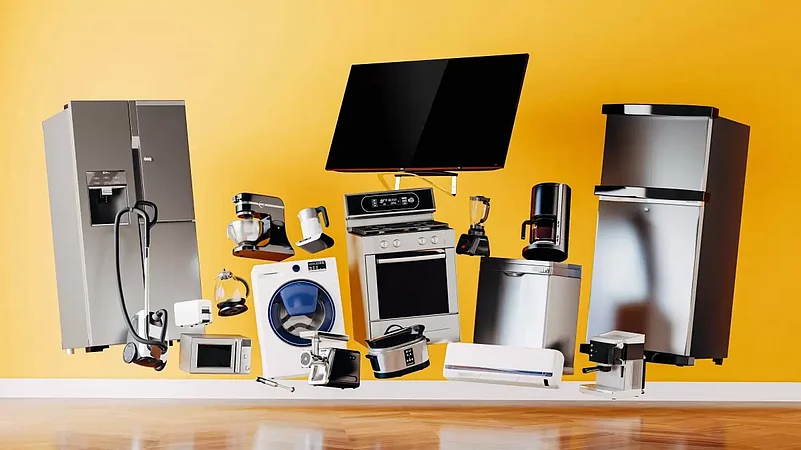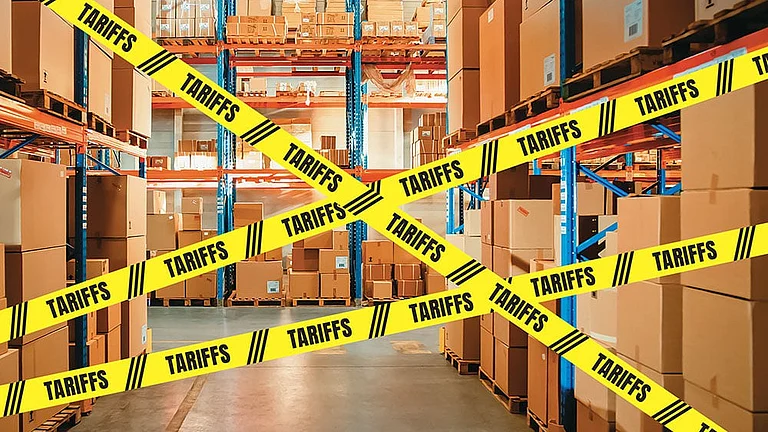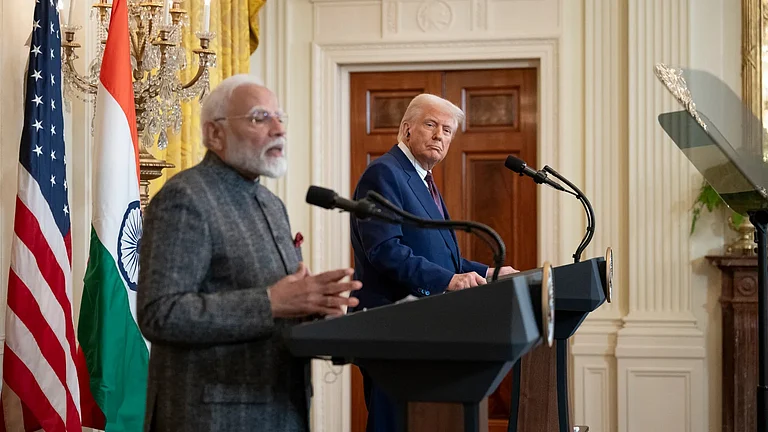Indian electronics industry is eyeing to attract more manufacturing investments in India by leveraging the 90-days pause on reciprocal tariffs by US President Donald Trump. Any delay in taking advantage of the current economic environment might result in opportunities being missed, India Cellular and Electronics Association (ICEA) chairman Pankaj Mohindroo told the Economic Times.
“Delays in leveraging this favourable period may result in missed opportunities as companies may opt for alternative destinations that offer more immeditate advantages,” Mohindroo told ET.
Trump recently halted the imposition of tariffs for 75 countries, barring China. The US President increased tariffs on China to 125%.
The development also offers India as an alternate investment destination for companies exploring to diversify their production units beyond China. The 125% tariff imposed by the US on imports from China has increased the uncertainty for companies that have a strong manufacturing base in the country.
Since 90-days of relief applies to Vietnam also, the electronics industry wants the government to act with caution, he added. As companies in the last few months have gradually moved their manufacturing bases away from China, they have weighed both Vietnam and India as suitable alternate destination.
“We stand ready to collaborate closely with the government and industry stakeholders to ensure that India becomes the preferred destination for electronics manufacturing investments during this critical time frame,” Mohindroo added.
While Indian sectors like agriculture, automobiles, gems & jewellery and pharmaceuticals are likely to be the worst hit sectors due to tariff imposition, electrical, telecom and electronics products are not immune from a significant impact. According to a report by GTRI, electrical, telecom and electronics exports worth $14.39 billion are likely to face a 7.24% tariff, which will have a significant impact on iPhones and communication-related products.
“Sectors such as automobiles, pharmaceuticals, electronics, chemicals, and textiles face the highest tariff differentials, making them vulnerable to price increases in the US market,” the GTRI report noted.
The report mentioned that the USA’s export to India stood at $1343.62 million, whereas the USA import from India stood at $14395.25 million for the electronics products category.































